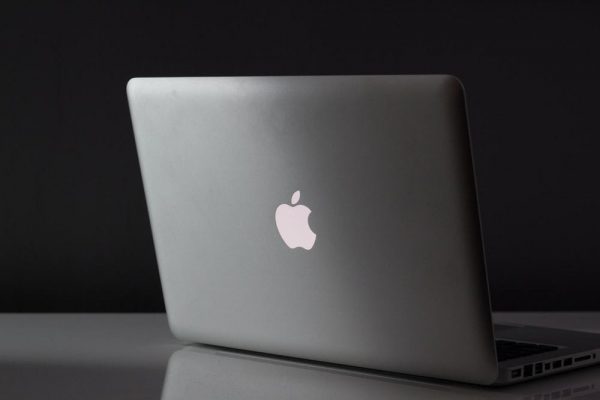
Today’s laptops and personal computers are the essential storages of all sensitive user data, the loss of which may be too costly. Thus, as soon as you see that your Mac doesn’t turn on or it has been attacked by malware, you might need to use a bootable disk to recover its failed system and extract the vital data.
However, the situations don’t always get that critical, and you might need a bootable disk in other cases, such as, for instance, an experimental installation of macOS on a non-Apple device. Here is a brief overview of scenarios in which you might need a macOS Monterey installer. Read on to see whether the method is relevant to your situation and use our simple guidelines to get yourself a bootable USB drive.
#1 iOS Update on a Device Lacking Free Memory
As you know, the system of macOS upgrade is quite specific. The computer needs to download the full version of a new operating system to its hard drive first, completing its installation and removing all old and duplicate files after that. Thus, to complete the upgrade, you actually need to have twice as much free space on your computer as your iOS typically occupies.
The requirement is temporary, needed only to complete a successful update, but still, you might find it hard to free so much space for a quick update procedure. In this case, an external bootable device may help. You can use the USB drive as a storage for your new iOS drives, thus eliminating the extra free space requirement for your hard drive.
#2 iOS Installation on Unsupported Devices
Next, you might need a bootable installer to get a new Monterey iOS running on a non-supported device, which may be an old Macbook. It’s true that every new iOS was designed with better processor capacity in mind. Thus, the Monterey iOS, for instance, doesn’t work on Macs older than 2013. If you have such an old Mac and want to take risks and run the new iOS on it, you might need extra capacity for its installation, which a bootable drive can guarantee.
#3 iOS Installation on non-Apple Devices
The bootable iOS installer can also be of much help if you need to install the new iOS on a non-Apple device. App Store is not working on Windows PCs, so you may experience much trouble getting the iOS drives and installing then in a non-compatible operating system. However, the majority of these hurdles is managed by engaging an external drive, which holds all iOS drives and can be activated on any device for successful iOS installation.
#4 Emergency Reboot of a Non-Responsive Mac
The last but not the least way of applying a bootable iOS installer is the attempt to revive a failed Mac. Your Mac may refuse to turn on if it got overheated, was affected by malware, or experienced a fatal system error. The reasons for a breakdown may be different, but one fact remains unchanged – in most cases, you might have vital data and files locked in the non-responsive Mac. Thus, to give it a new life and rectify some critical system errors, you can apply the bootable Monterey iOS installer. Even if your Mac is irreparable, you’ll still have enough time to extract the data you didn’t back up previously.
How to Create a Bootable Installer?
As you see from the reasons we discussed above, you may need a bootable installer in many cases. To be on the safe side, you might need to prepare an external installation drive in advance so that you don’t need to search for a working Mac to get things done. Here’s a simple process you may follow:
- Open the App Store on your Mac and find Monterey OS there
- Download it to the device
- Connect a USB drive to the gadget and format it with the help of Disk Utility
- Find the “createinstallmedia” command on your Mac to export the OS installation files to the drive
- Open the Terminal function on your Mac to set up the boot disk
- Launch the “createinstallmedia” function
- Double-check whether the OS drives have transferred successfully
- Close and eject the USB drive
Now you have a bootable installer that is available for an OS update at any moment. Enjoy!
 Gearfuse Technology, Science, Culture & More
Gearfuse Technology, Science, Culture & More
